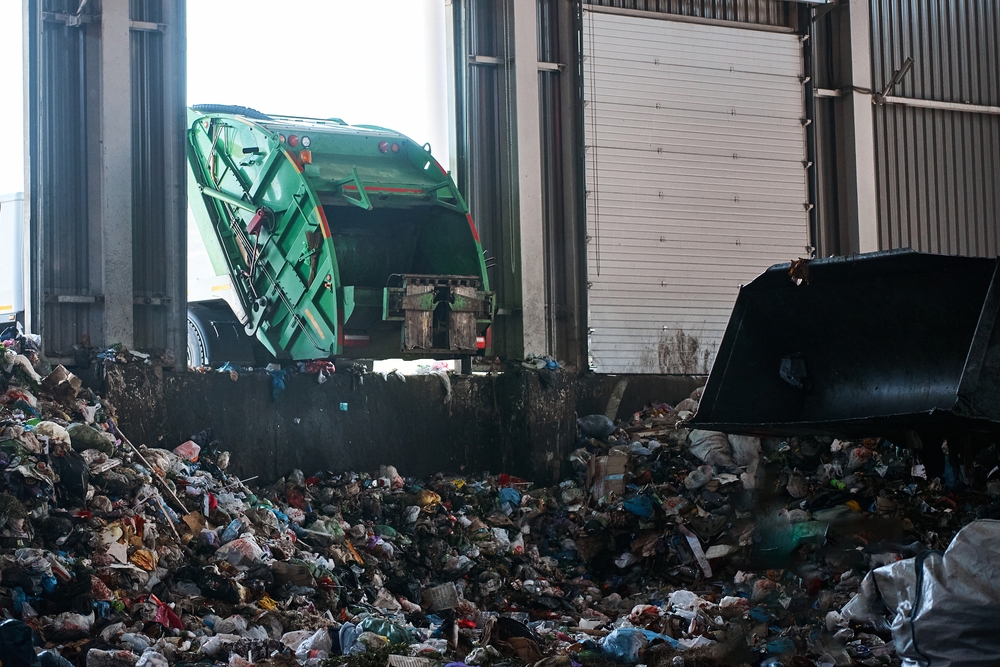The EPA and an Alaska hospital recently entered into an Expedited Settlement Agreement and Final Order to resolve alleged Resource Conservation and Recovery Act (RCRA) hazardous waste regulations violations. The EPA inspected the facility May 11–12, 2022, and identified several violations. This particular case highlights the importance of understanding waste accumulation requirements.
Storage of hazardous waste. Per 40 Code of Federal Regulations (CFR) 270.1(c), any person who treats, stores, or disposes of hazardous waste must have a permit or interim status. However, 40 CFR 262.16 allows a small quantity generator (SQG) to accumulate hazardous waste on-site without a permit or interim status, and 40 CFR 262.15 allows a generator to accumulate as much as 55 gallons (gal) of nonacute hazardous waste, provided it meets the applicable exemption conditions. The hospital failed to meet several of the conditions of the exemption:
- Failure to accumulate hazardous waste on-site for less than 270 days. One 5-gal lab pack container of hazardous waste had an accumulation start date of July 13, 2020, meaning the container had been on-site more than 270 days—a violation of 40 CFR 262.16(c).
- Failure to mark or label containers of hazardous waste with a hazard indicator. According to 40 CFR 262.16(b)(6)(i)(B), containers must be marked or labeled in a way that gives an indication of the hazards of the contents. For example:
- The applicable hazardous waste characteristic(s), i.e., ignitable, corrosive, reactive, or toxic;
- Hazard communication consistent with Department of Transportation (DOT) requirements under 49 CFR 172 for labeling or placarding;
- A hazard statement or pictogram consistent with the Occupational Safety and Health Administration’s (OSHA) Hazard Communication Standard at 29 CFR 1910.1200; or
- A chemical hazard label consistent with the National Fire Protection Association (NFPA) code 704.
- Failure to keep containers of hazardous waste in a satellite accumulation area closed. 40 CFR 262.15 allows generators to manage hazardous waste in containers “at or near any point of generation where wastes initially accumulate” in what are referred to as “satellite accumulation areas.” Containers in these areas must be closed at all times during accumulation, except when adding, removing, or consolidating waste or when temporary venting of a container is necessary. The inspection revealed several instances in which such containers weren’t closed, therefore in violation of 40 CFR 262.15(a)(4).
- Failure to properly mark or label containers of hazardous waste in a satellite accumulation area as hazardous waste. All hazardous waste containers must be labeled with the words “Hazardous Waste,” but the inspection revealed multiple containers without such labels.
Storage of pharmaceutical waste. Federal regulations allow hazardous waste pharmaceuticals to be managed separately from other hazardous waste. However, the basic management requirements are similar, and the hospital was cited for pharmaceutical waste violations similar to the hazardous waste violations it received:
- Failure to keep containers of noncreditable hazardous waste pharmaceuticals closed and secured in a manner that prevents unauthorized access to its contents; and
- Failure to label or clearly mark each container of noncreditable hazardous waste pharmaceuticals with the phrase “Hazardous Waste Pharmaceuticals.”
Storage of universal waste. Federal regulations also place limits on the storage of universal wastes, specifically that small quantity handlers of universal wastes can’t accumulate universal wastes on-site for more than 1 year from the date the waste is generated, and the containers used to accumulate the universal waste must be properly labeled. In the case of the hospital, three locations were identified where universal waste accumulation exceeded 1 year and containers weren’t properly labeled.
Hazardous waste determination. Per 40 CFR 262.11, any person who generates a solid waste must, at its point of generation, determine if that waste is a hazardous waste so it can be managed properly. During the inspection, it was found that no determination had been made for a waste container, and the container had been transferred to its location the previous month—a violation of 40 CFR 262.11(a).
The takeaway
The hospital was assessed a civil penalty of $11,250 and had to dedicate time and resources to navigate the enforcement process. To avoid a similar situation, ensure you’re familiar with waste management requirements and the waste management practices at your facility. Also be sure to:
- Determine what the waste is, and don’t delay in making the determination.
- Label containers properly so everyone knows the hazards that are present.
- Close containers, when required, to prevent spills and exposure.
- Identify dates by which waste must be transported for treatment and disposal.

